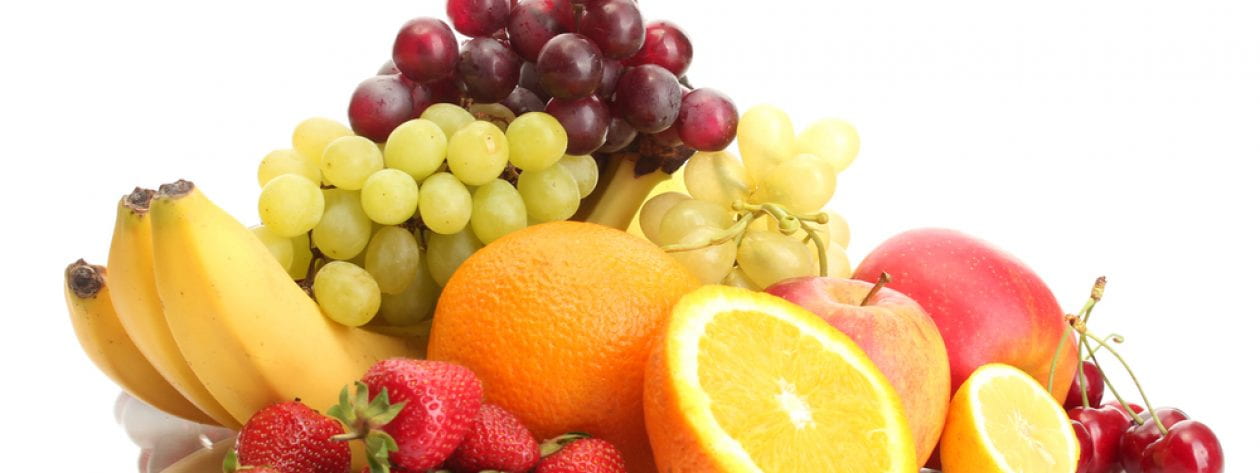Incorporating a variety of colors onto your plate may seem like a simple concept, but it can actually be an effective way to increase the overall nutrient variety within your diet. And no, we don’t mean choosing from an array of artificially colored, highly processed candies, refined snack foods, sugar-sweetened beverages or heavily-preserved deli meats. We’re referring to whole, plant-based foods that gain their beautiful colors naturally, i.e.: fruits and vegetables!
Along with being low in calories, saturated fat and sodium and rich nutrients like fiber and Vitamins A and C, many fruits and vegetables also boast additional nutrients called phytochemicals. These natural chemicals are produced by plants as a means of protection, and they are also responsible for a plant’s particular color.
Many phytochemicals found in certain colors of fruits and vegetables have also been studied for their potential health-promoting properties. For example, the bright orange and dark green colors in foods like carrots, sweet potatoes, and spinach come from a phytochemical called beta-carotene, which has been linked to improved vision, immunity, skin and bone health. Bright red tomatoes, pink grapefruit and watermelon all contain a phytochemical called lycopene, which may benefit heart health and protect against certain cancers. Deep red, purple and blue hues seen in berries, red onions, or radishes come from anthocyanins, which may improve the health of blood vessels.
The concept of adding color to your plate to improve nutrient variety can translate to other food groups, too! For example, varying your protein sources to include salmon (pink), kidney beans (dark red), or eggs (yellow) can be a great way to gain more of the essential amino acids, vitamins and minerals that your body needs.
In honor of National Nutrition Month®, we’re encouraging YOU to add more color to your meals while dining on campus by joining our Color Your Plate social media challenge! Just follow these 3 easy steps:
- Next time you dine on campus, create your own version of a colorful plate. Be sure to include at least one fruit or vegetable, as most Americans do not consume enough of these food groups.
- Snap a photo of your plate.
- Post it to Instagram, Facebook, or Twitter using #psueatscolor.
At the end of the month, one lucky photo submission will be picked to win a prize!
And don’t forget to take advantage of all of the National Nutrition Month® themed menu items served on campus throughout the month!
Resources:
“What are Phytonutrients?” Fruits and Veggies, More Matters. Produce for Better Health Foundation. http://www.fruitsandveggiesmorematters.org/what-are-phytochemicals
